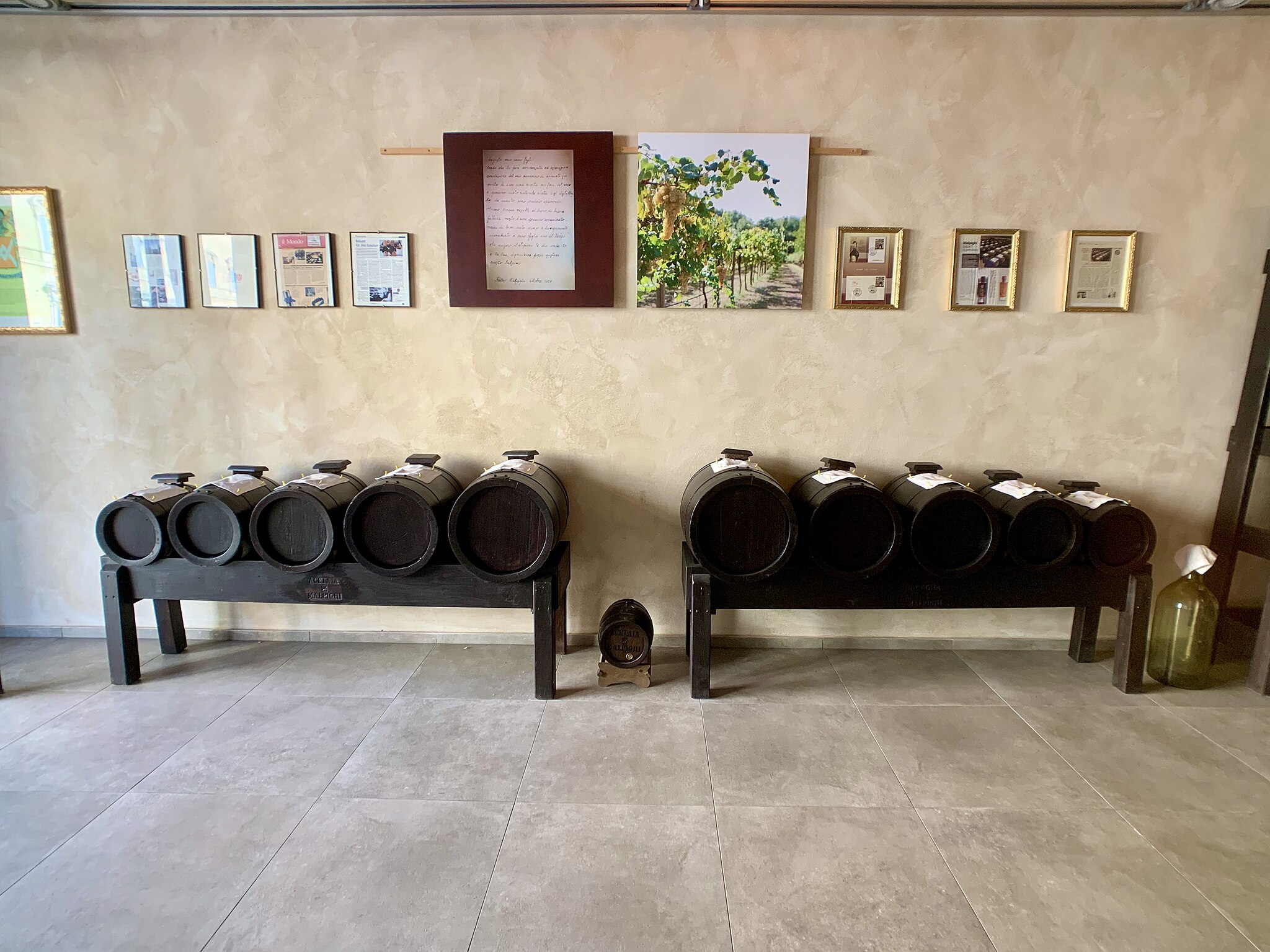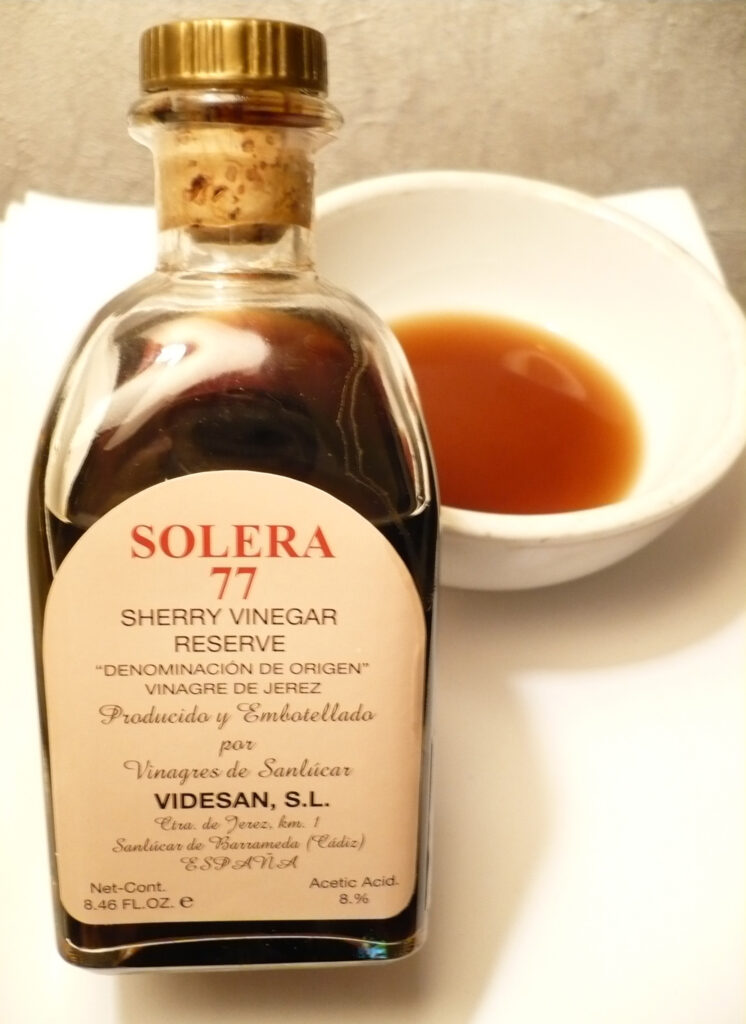This concoction of vinegar and pungent aromatics was once used to ward off the Black Death

Many countries around the world have their own specialty vinegars. The variety of colours, tastes, and textures is astounding. Today, I’ve decided to celebrate just a few, choosing 5 European favourites.
France: The city of Orléans, just southwest of Paris, has a claim to the title of the ‘capital of vinegar’, as the ‘Orléans method’ of traditional vinegar making stems from there. Indeed, as the home of the vinaigrette, France can be seen as largely responsible from the popularity of fine vinegars in Europe today. Infused wine vinegars are a popular French export, with tarragon among the more common flavourings.
Spain: Spain and Italy produce Europe’s only name-protected vinegars. Sherry vinegar, or vinagre de Jerez, is the most well-known Spanish offering. Often aged in wood, it’s made in the same small corner of southern Spain that is home to the fortified wine it’s fermented from, and it boasts similar nutty complexities of flavour.

Italy: By far the biggest exporter of vinegar worldwide, Italy is known for its glossy, deeply reddish brown wine vinegar, Balsamico di Modena. The real (expensive) stuff is Aceto Balsamico Tradizionale di Modena DOP, made from a reduction of grape juice from two specific grape varieties local to Emilia-Romagna and aged for at least 12 years in wooden barrels. Almost all the balsamic vinegar consumed, and all you are likely to find in the supermarket, is in fact an imitation IGP product made of around 20% grape must, adulterated with colouring and thickeners, and aged for a minimum of just two months.
Germany: In many German kitchens, you’ll find a product mystifying to outsiders: Essigessenz, or ‘vinegar essence’, has been industrially manufactured by the same Frankfurt-based company since the late 19th century. It’s not even vinegar, really — just acetic acid diluted at 25% concentration in water. Thus, Essigessenz far stronger than your average vinegar, and it's used in cooking as well as for cleaning (gloves required!).
UK: The vinegar most associated with and beloved in the UK is almost certainly malt vinegar. Traditionally made from ale, it has a bracingly tart acidity with nutty, malty undertones. Classically, it is sprinkled onto fish and chips, but much other pub fare can be lifted by a dash of malt vinegar.
– Beatrix Swanson
This concoction of vinegar and pungent aromatics was once used to ward off the Black Death
Malt vinegar has an indelible association with fish and chips. But there’s more to malt! Find out how you can use real malt vinegar in a range of delicious sauces.
What makes honey, honey? And why use the good stuff in vinegar making?

The Old Nuclear Bunker,
Pednavounder,
Coverack,
Cornwall
TR12 6SE
01326 281135
info@artisanvinegar.co.uk